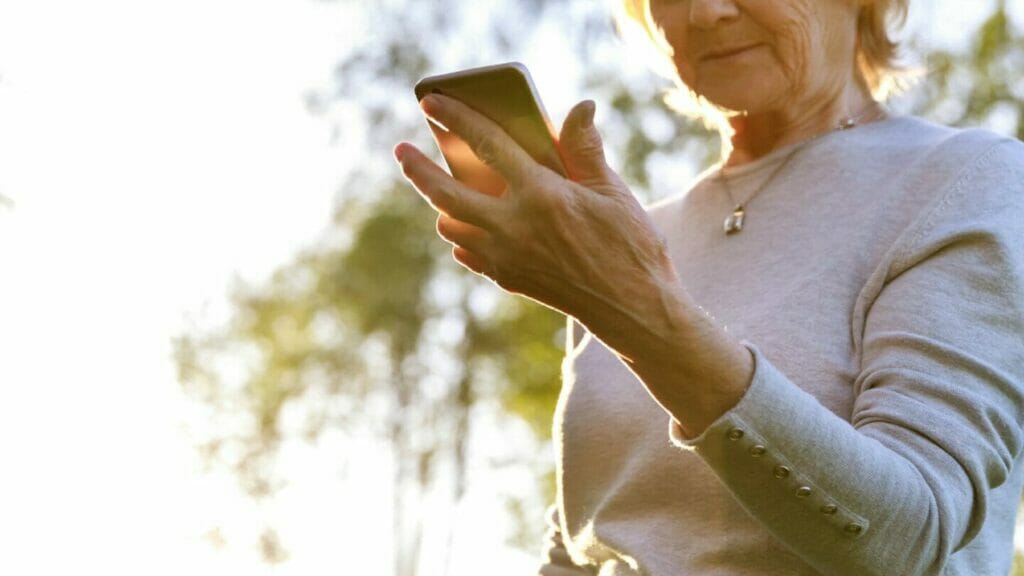
In senior living and care settings, much fall prevention data and technology is controlled by caregivers or curated by software systems.
At least one new intervention, however, tries to empower older adults more directly with the ability to forestall a falling emergency.
A new smartphone app helps older adults control their balance by monitoring a user’s body sway while he or she is standing still. The app, which also includes fall prevention exercises, is intended to help older adults adjust body coordination to prevent falls from occurring, the researchers said.
One out of four older adults in the United States is likely to fall at some point each year, the researchers note. Even as new tech aims to reduce falls or subsequent fatalities, the number of self-reported fall incidents in healthcare facilities has risen in recent years and was up 27% in 2022, according to McKnight’s Clinical Daily.
Data used to build the app were collected at the Motion Analysis Research Laboratory run by Binghamton University in New York. The researchers used a sophisticated motion analysis system, which involved motion-capture tech, to find the relationship(s) between gait speed and balance.
When researching use of the app itself, 94% of the older-adult study participants completed exercises and tests via the smartphone intervention, the study authors said.
“Participants self-reported enjoyment, difficulty and exercise effectiveness,” the study authors wrote. “Results of this study demonstrated the feasibility and effectiveness of delivering balance intervention through a smartphone-based application.”
Although it’s unclear from the study how such an app might complement other monitoring or therapy tools in senior living communities , the researchers did acknowledge that the smartphone intervention would not work for all older adults, such as those with more severe mobility impairments.
Future studies could be aimed at reviewing how people who have had a stroke or have Parkinson’s disease use the app and its exercise regimen, the study authors said.


